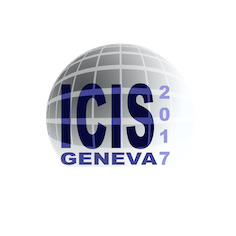Speaker
Description
In the present work, the study of the discharge characteristics of the Penning plasma source (PS) by analyzing the energy and mass-charge spectra of ions emitted by PS in the longitudinal direction is presented. Characteristic anode dimensions of the PS are 15 mm x Ø12 mm and the magnetic induction magnitude is 80 mT. It was shown that there were sharp ‘jumps’ in the discharge current (up 300 μA to 700 μA) at high pressures (above 5 mTorr). This effect is explained by increasing of the plasma density at the center of the discharge and increasing potential depression (when discharge regime changes). The energy distribution of ions for various discharge voltages and pressures are measured. Shape and position of energy spectra are shown depending on the discharge mode. At an anode voltage of 2 kV, the potential depression varies from 600 to 1100 V. The component composition of the extracted ion beam was determined. The part of atomic ions (protons) was up 5 to 10%, it increases with the anode voltage (from 1 to 3.5 kV) or the discharge power input (from 0.2 to 3 W). The experimental current-voltage characteristics of the discharge measured in this work are in good agreement with the theoretical estimates of the discharge current, calculated with respect to the measured the potential depression.
Also numerical simulations of the Penning plasma source were performed using 3D particle in cell (PIC) combined with Monte-Carlo collisions code VSim on uniform 128 x 128 x 128 grid. Energy and mass spectra of H$_{2}$$^{+}$, H$^{+}$ ions, both in Penning discharge cell and after the extraction were obtained. Difference between numerical and experimental energy spectra shifts are discussed.




